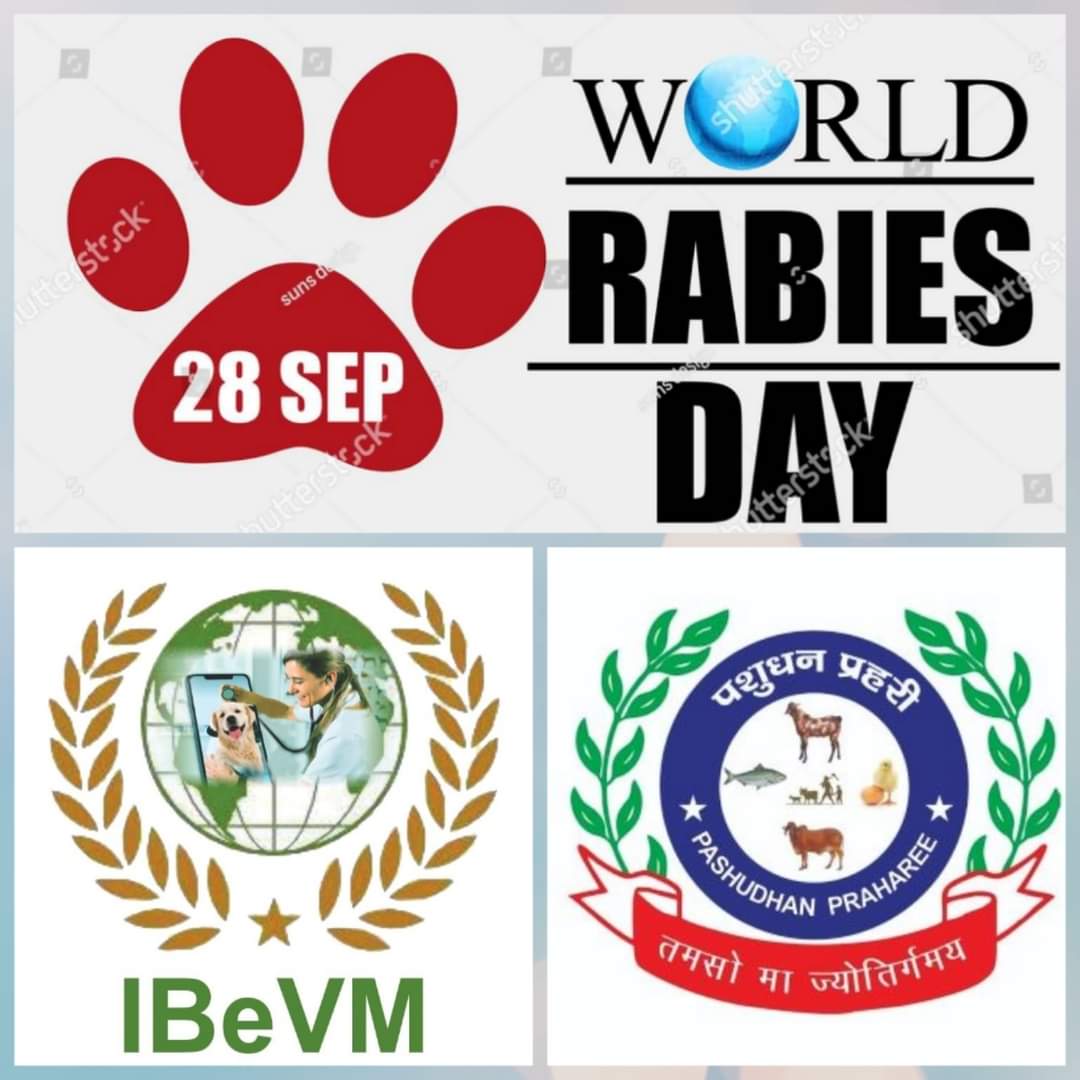World Rabies Day: Its history and philosophy
Dr.Kedar Karki,SVO, Central veterinary Lab, Tripureswor,Nepal.
World Rabies Day takes place each year on September 28, the anniversary of the death of Louis Pasteur who, with the collaboration of his colleagues, developed the first efficacious rabies vaccine. World Rabies Day aims to raise awareness about the impact of rabies on humans and animals, provide information and advice on how to prevent the disease, and how individuals and organizations can help eliminate the main global sources. World Rabies Day is an international campaign coordinated by the Global Alliance for Rabies Control, a non-profit organization with headquarters in the United States and the United Kingdom. It is a United Nations Observance and has been endorsed by international human and veterinary health organizations such as the World Health Organization, the Pan American Health Organization, and the World Organisation for Animal Health (OIE), the US Centers for Disease Control and Prevention, and the World Veterinary Association.
History of World Rabies Day.
The first World Rabies Day campaign took place in September 2007 as a partnership between the Alliance for Rabies Control and the Centers for Disease Control and Prevention, Atlanta, USA (CDC), with the co-sponsorship of the World Health Organization (WHO), the World Organisation for Animal Health (OIE) and the Pan American Health Organization (PAHO/AMRO). In 2009, after three World Rabies Days, the Alliance for Rabies Control estimated that rabies prevention and awareness events had taken place in over 120 countries, that over 100 million people worldwide had been educated about rabies and that nearly 3 million dogs had been vaccinated during events linked to the campaign.
Rabies.
Rabies is still a significant health problem in many countries of the world. Over 99% of all human deaths that are caused by infected dogs usually occur in Africa and Asia, especially in regions with large numbers of unvaccinated community and domestic dogs. With the exception of Antarctica, people and animals on every continent are at risk of contracting rabies.
Organization and Philosophy of World Rabies Day.
The World Rabies Day campaign is organized through a system of global partnerships from government to local level, and a worldwide community of volunteers. Over 50 organizations partner in the campaign, supporting and promoting the outreach of educational messages about rabies in person, in print and online. The campaign aims to bring together all relevant partners in an effort to address rabies prevention and control. Health workers, scientists and personnel in communities at risk of rabies are encouraged to access an education bank of materials through the organization’s website for use in local educational initiatives.
As rabies is a disease that crosses borders, especially in wild animal populations, the campaign encourages the transnational collaboration of rabies control and prevention organizations. It also promotes a One Health approach to rabies prevention, part of a worldwide strategy for expanding interdisciplinary collaborations and communications in all aspects of health care for humans and animal health. The World Rabies Day logo represents the complexity of rabies, which can infect human beings, wildlife and domestic animals.
The advocacy work of the World Rabies Day campaign includes promoting government involvement in rabies prevention and control programs, increasing the vaccination coverage of pets and community dogs, and improving the educational awareness of how to prevent rabies in all levels of society. It also promotes the utilization of an integrated model of disease management, the Blueprint for Rabies Prevention. The Food and Agricultural Organization of the UN (FAO) considers that World Rabies Day plays an important role in advocating the prevention and control of rabies among policy makers, especially in countries where rabies is still neglected.
World Rabies Day events.
Events held to mark World Rabies Day range from symposia on current rabies control methods and public events for raising awareness about good prevention practice, to sponsored walks, runs or bike rides, to free or externally subsidized vaccination clinics for dogs. Rabies control campaign through sterilized street dog,Seminar , Press release ,Radio program , Awareness by road show school education.
Why World Rabies Day Matters.
Rabies is a neglected disease with devastating consequences.At least one person dies every ten minutes from a disease that leaves him or her begging for the end. Up to 60% of estimated 55,000 people are children under 15 years old. 95% of victims are from Africa or Asia, few have access to palliative care that would alleviate the suffering of their final hours.
Animal suffering
It’s estimated that 20,000,000 dogs are indiscriminately culled every year, in misguided attempts to control the disease tragically, culls cause disruptions in the population can actually accelerate outbreaks.
Poverty
84% of the people who die of rabies are from impoverished communities in rural areas of Africa and Asia.Where rabies is endemic, every dog bite is a potential exposure so millions of people every year go in search of post-exposure prophylaxis to prevent the onset of the disease. This treatment is expensive and overwhelmingly, the price is paid by people who can least afford it.The knock-on effects for families struggling to extract themselves from poverty are devastating.A study published last year found that rabies currently costs the world’s poor $124 billion but could be prevented for just $6 billion.
Hope
World Rabies Day is here to spread the massage to word that Rabies Is Preventable.This was the dream of Luis Pasture and 28 September is his death anniversary it is the best way to salute him. Let us promise.
Reference:On request



